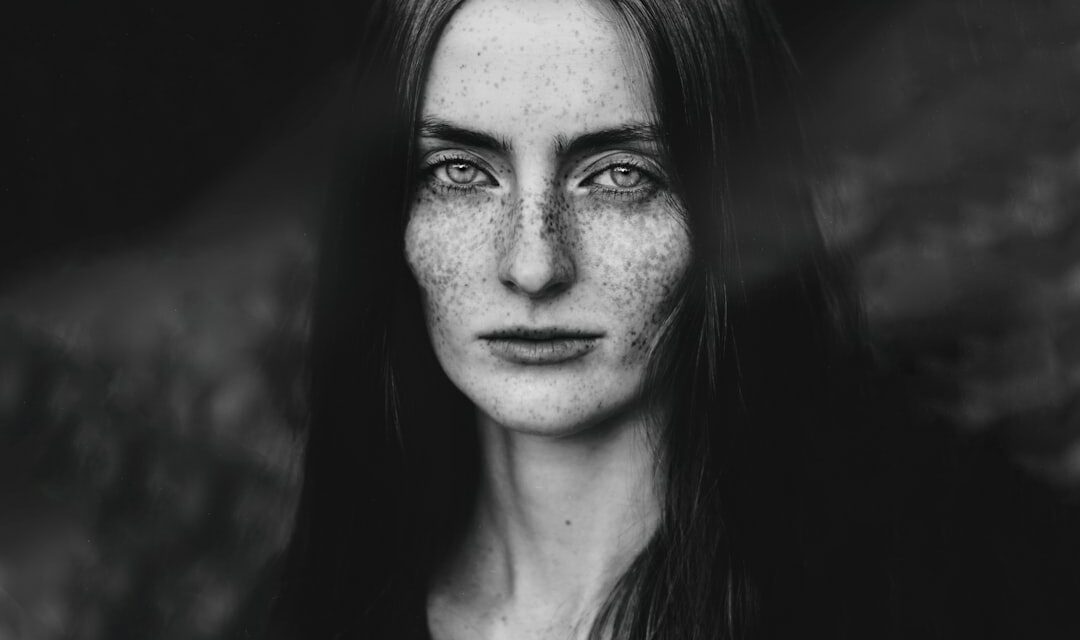The early life of an artist often serves as a foundation for their creative journey, and this is certainly true for many renowned figures in the art world. Born into a modest family, the artist’s formative years were marked by a profound appreciation for nature and the beauty that surrounded them.
This early exposure to the natural world would later manifest in their artwork, particularly in their still life and floral compositions. Education played a pivotal role in shaping the artist’s skills and vision. They attended a local school where art was encouraged, and it was here that they first discovered their passion for painting.
Recognising their talent, their teachers provided guidance and support, nurturing their burgeoning creativity. As they progressed, the artist sought further education at a prestigious art academy, where they honed their techniques and developed a deeper understanding of art history. This formal training not only refined their skills but also introduced them to a diverse array of artistic movements and philosophies that would influence their work in the years to come.
Summary
- Early Life and Education: The artist’s upbringing and educational background shaped their artistic journey and style.
- Artistic Influences and Style: The artist’s work was influenced by a variety of artistic movements and styles, resulting in a unique and distinctive approach to their art.
- Still Life Paintings: The artist’s still life paintings showcased their mastery of composition, lighting, and attention to detail.
- Floral Arrangements and Symbolism: The artist’s use of floral arrangements in their work carried deep symbolic meaning and added layers of depth to their art.
- Patronage and Recognition: The artist gained recognition and support from influential patrons, contributing to their success and legacy in the art world.
Artistic Influences and Style
The artist’s style is a rich tapestry woven from various influences that span different periods and movements in art history. One cannot overlook the impact of the Dutch Masters, whose meticulous attention to detail and mastery of light and shadow left an indelible mark on the artist’s approach to still life. The use of chiaroscuro, a technique that contrasts light and dark to create depth, became a hallmark of their work, allowing them to imbue their subjects with a sense of realism and vitality.
In addition to the Dutch Masters, the artist was also influenced by the Impressionists, particularly in their use of colour and brushwork. The vibrant palettes and loose, expressive strokes employed by these artists encouraged the artist to experiment with colour theory and the emotional resonance of hues. This blending of influences resulted in a unique style that combined realism with an impressionistic flair, allowing for both precision and spontaneity in their compositions.
The artist’s ability to capture the essence of their subjects while infusing them with personal interpretation set them apart from their contemporaries.
Still Life Paintings
Still life paintings form a significant part of the artist’s oeuvre, showcasing their ability to transform ordinary objects into extraordinary visual narratives. These works often feature an array of everyday items—fruits, ceramics, textiles—arranged with careful consideration of composition and colour. The artist’s keen eye for detail is evident in the way they render textures and surfaces, inviting viewers to engage with the tactile quality of the objects depicted.
What distinguishes these still life paintings is not merely their technical execution but also the underlying themes they convey. Each arrangement tells a story, often reflecting broader concepts such as transience, abundance, or the passage of time. The artist’s choice of objects is deliberate; for instance, a wilting flower may symbolise mortality, while a bowl of ripe fruit could represent prosperity.
Through these subtle narratives, the artist invites viewers to contemplate deeper meanings beyond the surface beauty of the composition.
Floral Arrangements and Symbolism
Floral arrangements occupy a prominent place in the artist’s body of work, serving as both subjects of beauty and vessels of symbolism. Flowers have long been associated with various meanings across cultures, and the artist adeptly harnesses this symbolism to enrich their compositions. Each bloom is carefully selected not only for its aesthetic appeal but also for its connotations—roses for love, lilies for purity, and chrysanthemums for longevity.
The artist’s floral paintings often transcend mere representation; they evoke emotions and provoke thought. By juxtaposing different flowers within a single arrangement, they create dialogues between contrasting themes—fragility versus strength, beauty versus decay. This interplay invites viewers to reflect on the complexities of life itself.
The artist’s ability to imbue each petal with emotion transforms these works into meditations on existence, making them resonate on a personal level with those who encounter them.
Patronage and Recognition
Throughout their career, the artist garnered significant patronage from collectors and institutions alike, which played a crucial role in elevating their status within the art world. Early on, they attracted the attention of local patrons who recognised their talent and supported their artistic endeavours. This initial backing provided the artist with the financial stability necessary to focus on their craft without distraction.
As their reputation grew, so too did their recognition on a national and international scale. Exhibitions featuring their work drew large crowds, and critical acclaim followed suit. Art critics praised not only the technical prowess displayed in their paintings but also the emotional depth that resonated with audiences.
This combination of skill and sentiment solidified the artist’s place in art history, ensuring that their contributions would be celebrated for generations to come.
Technique and Materials
The artist’s technique is characterised by a meticulous approach that reflects both traditional methods and innovative practices. They often employed oil paints, which allowed for rich colour saturation and subtle blending—a hallmark of their style.
In addition to oil paints, the artist experimented with various materials to enhance their work further. Textured surfaces were achieved through the use of impasto techniques, where paint is applied thickly to create three-dimensional effects. This tactile quality invites viewers to engage not just visually but also physically with the artwork.
Furthermore, the artist often incorporated unconventional materials into their pieces—such as gold leaf or mixed media elements—adding an additional layer of complexity and intrigue.
Legacy and Influence
The legacy left by this artist is profound, influencing not only contemporaries but also future generations of artists who seek to explore similar themes within their work. Their unique blend of realism and impressionism has inspired countless painters to experiment with colour and form while maintaining a strong narrative thread in their compositions. The artist’s ability to convey emotion through still life has become a benchmark for those who wish to delve into this genre.
Moreover, the artist’s exploration of symbolism within floral arrangements has opened new avenues for interpretation in contemporary art. Many modern artists draw upon these themes, using flowers as metaphors for personal experiences or societal commentary. The enduring relevance of this artist’s work speaks volumes about their impact on the art world; they have not only shaped artistic practices but have also contributed significantly to ongoing dialogues about beauty, meaning, and existence.
Notable Works
Among the myriad works produced by this artist, several stand out as particularly significant within both their career and the broader context of art history. One such piece is a striking still life featuring an array of fruits arranged on a richly textured tablecloth—a composition that exemplifies their mastery of light and shadow while simultaneously conveying themes of abundance and transience. The meticulous attention to detail in each fruit’s surface invites viewers to appreciate not only its beauty but also its impermanence.
Another notable work is a floral arrangement that juxtaposes vibrant blooms against a dark background—a technique reminiscent of Dutch still life painting yet infused with an impressionistic sensibility. This piece captures the fleeting nature of beauty while simultaneously celebrating it; each petal seems to vibrate with life even as it hints at inevitable decay. Such works have become iconic representations of the artist’s style and thematic preoccupations, ensuring their place in art history.
Exhibition and Collections
The artist’s works have been featured in numerous exhibitions throughout their career, both solo and group shows that have showcased their evolution as an artist. Major galleries have hosted retrospectives that highlight key periods in their development, allowing audiences to witness firsthand how their style has transformed over time. These exhibitions have not only celebrated the artist’s achievements but have also fostered greater appreciation for still life as a legitimate genre within fine art.
In addition to exhibitions, many pieces are held in prestigious collections worldwide—museums dedicated to preserving artistic heritage have recognised the importance of this artist’s contributions. Their works are often included in curated exhibitions that explore themes such as nature’s beauty or the passage of time, further solidifying their relevance within contemporary discourse on art.
Personal Life and Relationships
The personal life of this artist was as rich and complex as their body of work. Relationships played an integral role in shaping both their artistic vision and emotional landscape. Friends and fellow artists often provided inspiration through collaboration or critique; these interactions fostered an environment where creativity could flourish.
Additionally, romantic relationships influenced many aspects of their work—emotions experienced during these times often found expression in floral arrangements or still life compositions. However, like many artists, they faced challenges in balancing personal life with professional aspirations. The pressures of public recognition sometimes strained relationships with loved ones or peers; yet these experiences ultimately contributed depth to their art.
The interplay between personal struggles and artistic expression created a dynamic tension that enriched their work, allowing viewers to connect with it on multiple levels.
Critical Reception and Analysis
Critical reception of this artist’s work has evolved over time, reflecting changing tastes within the art world as well as broader societal shifts. Initially met with acclaim for technical skill alone, deeper analysis soon revealed layers of meaning embedded within each piece—critics began to appreciate not just what was depicted but how it was portrayed. This shift towards recognising emotional resonance marked a turning point in how audiences engaged with still life painting.
Art historians have since examined this artist’s contributions through various lenses—feminist critiques explore themes related to gender roles inherent in floral symbolism while environmental perspectives highlight connections between nature’s beauty and human experience. Such analyses underscore the multifaceted nature of this artist’s work; it transcends mere representation to engage with pressing contemporary issues that resonate across time periods. In conclusion, this artist’s journey from humble beginnings to becoming a celebrated figure in art history illustrates not only individual talent but also the power of creativity to transcend boundaries.
Their still life paintings and floral arrangements continue to inspire dialogue about beauty, meaning, and existence—ensuring that their legacy endures long into the future.
If you are interested in learning more about creating realistic artwork like Maria van Oosterwijck, you may find the article “Choosing References for Realistic Artwork: Quality and Consistency” helpful. This article provides tips on selecting the right references to achieve lifelike results in your paintings. Additionally, if you are looking to experiment with different mediums, you might want to read “Layering Soft and Oil Pastels Together: Unique Effects” for inspiration. And if you struggle with keeping your paints pure and avoiding muddy colors, the article “Overcoming Muddy Colors: Tips to Keep Paints Pure” offers practical advice to help you improve your colour mixing skills.



